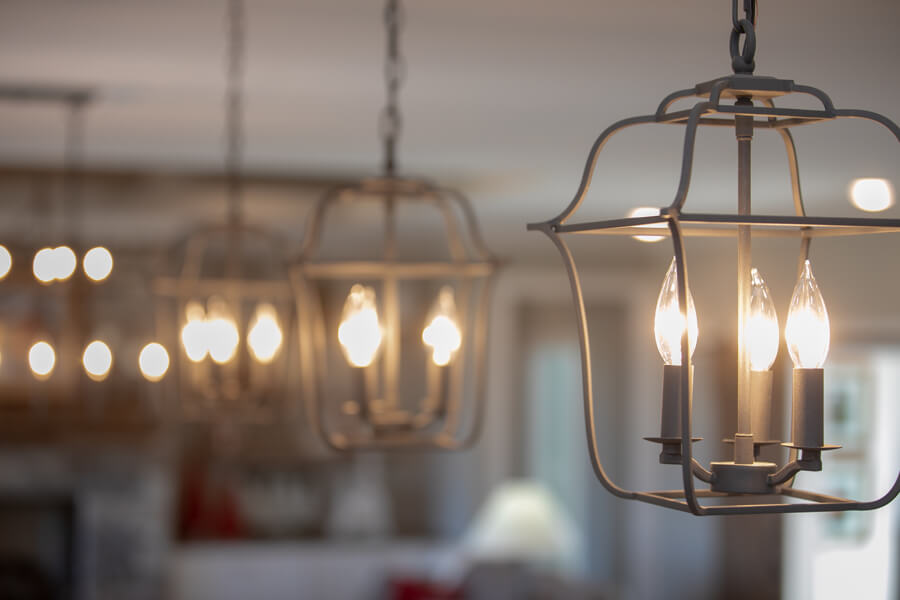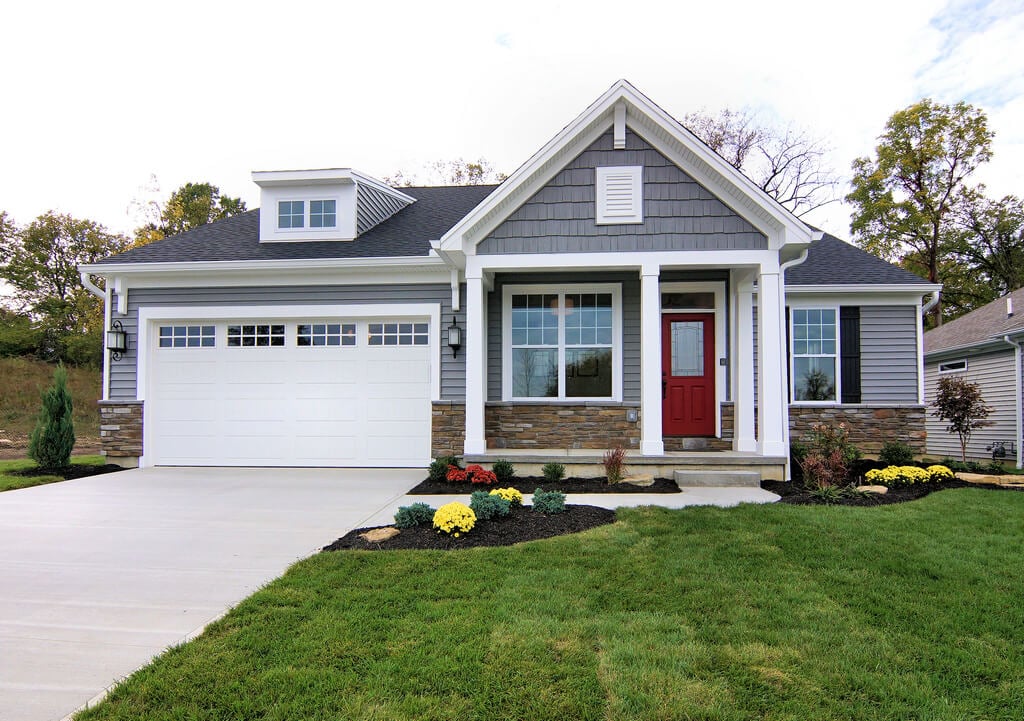5 Reasons You Should Build an Energy-Efficient Custom Home in Cincinnati, OH
Building an energy-efficient home is a smart investment that can save you money, increase the value of your home, improve your quality of life, and...
4 min read
Chris Gorman Jan. 16, 2023

Your Cincinnati custom home should not only be designed with excellent style and craftsmanship but with energy efficiency. With so many tax incentives, credits, and design methods to navigate, what can you do to make sure your custom home is designed with energy efficiency in mind? We’ve gathered energy tax credits, important Ohio solar energy information, and custom home design tips to help you make the best choices for your custom energy-efficient home.
The recent signing of the Inflation Reduction Act means homeowners building a custom home can save when designing for energy efficiency. When you’re designing your custom home, keep these incentives in mind:
The Residential Clean Energy Credit is part of the Inflation Reduction Act and is an extension of an older credit that now extends through 2034. The percentage starts at 30% and will decrease to 22% by 2034. The credit can be applied to solar panels and battery storage. To understand what size storage and system you’ll need for your home, see the solar power systems section below.
If you plan to purchase an electric car in the future, you’ll benefit from not having to retrofit a system and will benefit from the tax credit right away. The Alternative Fuel Refueling Property Credit can qualify you for a tax credit worth up to 30% of the materials and installation. To understand how much-added energy capacity you should plan for, see the EV charging stations section below.
Under the Inflation Reduction Act, you can qualify you for a $14,000 rebate for certain energy-efficient appliances, equipment, and building methods. Heat pumps, insulation, ventilation, and other energy-efficient measures can qualify.
Net metering is the two-way exchange of energy between your solar power system and the electric grid. When your home is producing more energy than it needs, it sends the energy back to the grid. If your home isn’t producing enough energy, you’ll draw energy from the grid. Over a year, if your home’s solar power system produced more energy than it used, you’ll receive credits to use for those times when your home isn’t producing enough.
In Ohio, your credits will roll forward indefinitely, with no payout like in other states. Further, not all utility companies use net metering, so you’ll have to check with your local utility company. Also, the rate you receive for the credits will likely be less than the rate you would pay the electric company because it doesn’t include the fees for distribution and transmission.
To make sure you’re getting the most for your solar power system investment, install battery storage to reduce the transfer of energy, which will save you even more over time. Also, to produce the proper amount of energy for your home, be sure to choose a system that’s the right size. This is important for Ohio residents since you don’t receive a payout for sending excess energy to the electric grid like in many other states.
Aside from tax credits and rebates, consider all the ways to design your custom home for energy-efficiency that will save you money on energy costs, year after year.
The size of the solar power system you choose for your home will depend on how much energy your home will use. Your appliances, the envelope of your home, and weatherization can all be calculated by an energy use consultant and by comparing homes of equal size and amenities.
Solar panel manufacturers can help to calculate the correct size of solar system for your custom home and many contractors are certified to install these systems. Your energy usage will be calculated by the hour. For reference, a typical home uses 1.25 kWh per hour on average.
Even if you don’t already own an electric car, plan to include a charging station in your custom home if you know you will in the near future. This is a good idea because your home’s electric capacity will need to be increased by at least 200 amps if you decide to retrofit a system later. The typical home EV charging station requires a 240V/40A dedicated circuit, which equates to powering a large appliance, like a dryer.
Heat pumps can produce both heating and cooling very efficiently because they move heat rather than generate it. It works like this: during the summer, the heat pump will expel heat from the air in your home and return the cool air back into your home; in the winter, cold air is removed from your home, passing it through a heated coil, and sending it back into your home. They are far more efficient than traditional HVAC systems, particularly with heating homes, making them perfect for the Cincinnati climate.
While designing your custom bathroom, include in-floor radiant heating. It heats the space more efficiently than a forced air system, especially with natural stone and tile floors.
Smart thermostats can detect cold spots in your home and direct heat specifically to those spaces to create a more even temperature throughout the home. This will keep you from having to turn up the heat in your entire home just to make one space more comfortable. It can also be programmed to adjust to your schedule without having to remember to manually adjust the temperature before you leave home.
Your custom home should include the latest in energy-efficient windows and doors to make your home more comfortable and less susceptible to air leakage, which can make your heat pump or HVAC system work overtime.
Keeping track of tax rebates, incentives, net metering, and energy-efficient appliances and building methods can get overwhelming when you’re planning a custom home. You’ll want to hire a knowledgeable team that can navigate these systems with you confidently while delivering a beautifully designed home.
Chris Gorman Homes is a Cincinnati area design-build firm with years of experience designing and building custom homes for the energy-efficient-minded homeowner. Contact Chris Gorman Homes to schedule a consultation to discuss your energy-efficient custom home design goals.

Building an energy-efficient home is a smart investment that can save you money, increase the value of your home, improve your quality of life, and...

You have the perfect lot for your custom home, but you’re just missing one thing: someone to build it. When you’re beginning the process of choosing...

Every family has a list of must-haves that are difficult, even impossible, to find in the housing market. You may have decided that the only way to...